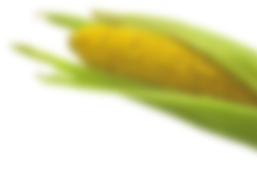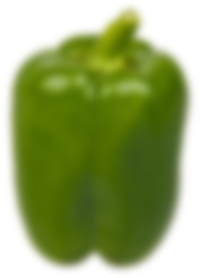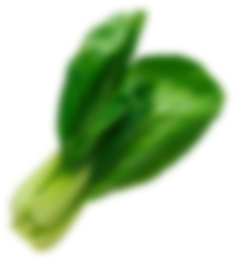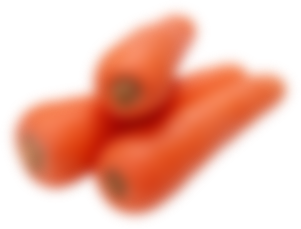






October Harvesting
Garden: Urgency defines the tone in October. It's a race against the impending frost, and several vegetables require immediate attention. Tomatoes, eggplants, peppers, cucumbers, zucchini, watermelons, melons, pumpkins, and beets all demand harvesting. The threat of frost looms large, and vegetables "caught" in its icy grip are unlikely to store well. Early October often sees the arrival of night frosts, making swift action imperative.
For green tomatoes still clinging to the vines, a useful tactic involves uprooting the entire plant and hanging it upside down in a cool, dry location. Alternatively, carefully selected, undamaged fruits can be stored in boxes, with ripe red tomatoes strategically placed among green ones to expedite ripening.
Carrots left in the ground can endure mild frosts, and beet roots are typically only partially submerged in the soil. Consider postponing the harvesting of daikon and black radishes to allow them to plump up and gain in juiciness. Parsnips, hardy in nature, can be left in the garden to develop even richer flavors. Similarly, root parsley benefits from delayed harvesting, though if left to overwinter in the garden, it's best not to trim its leaves.
Cabbage, except for winter varieties, should be cleared from the garden. In cases where Brussels sprouts or cauliflower failed to yield a full harvest, the entire plant can be uprooted and transplanted into a greenhouse or basement with wet sand or soil. The heads will continue to grow, drawing nutrients from both the roots and leaves.
Once garden beds are vacated, clear them of plant residues (which can be composted), and proceed to dig or loosen the soil using a flat cutter. Prepare for spring planting by applying appropriate fertilizers, mindful of crop rotation principles. These prepared spaces will also be ready for winter crops, and garlic planting is typically scheduled for late October or November.
The garden's bountiful autumn apple and pear harvest continues. Winter varieties are best left on the trees until just before frost sets in. Pruning is crucial at this stage: prune dry and diseased branches, collect pest nests and mummified fruits, and remove all remaining plant debris. Trim wild shoots emerging from fruit trees at the rootstock.
To prevent root damage, employ a pitchfork when digging the soil. Leave soil clods intact as they'll freeze alongside any wintering pests. Prior to digging, consider applying fertilizers tailored to your plants' needs. After the trees have shed their leaves, protect against diseases and pests with a urea treatment (700g per bucket of water) followed by whitewashing the trunks using garden whitewash or slaked lime (only at temperatures above freezing).
October also presents an opportune moment to plant young fruit trees in well-drained planting pits enriched with fertilizers.
Flower Garden: The arrival of the first frost signals the time to dig out corms of gladioli, tubers of dahlias, and other perennials. Liana-like shrubs that have bloomed should be pruned and detached from trellises, leaving only two nodes above ground, and nourished with suitable fertilizer.
Now is the ideal time to plant spring-flowering bulbous plants, including muscari, crocuses, scylla, hyacinths, tulips, grouse, and daffodils. These blooms will add a burst of color to your garden come spring, bringing joy and vibrancy to the awakening landscape.
